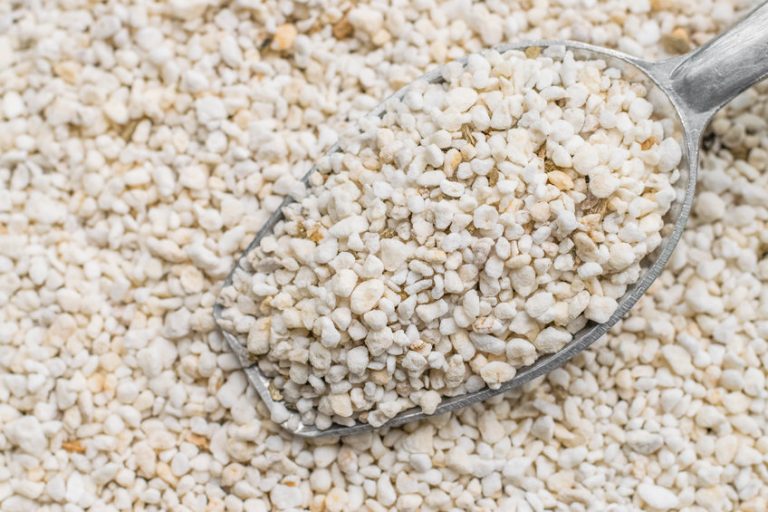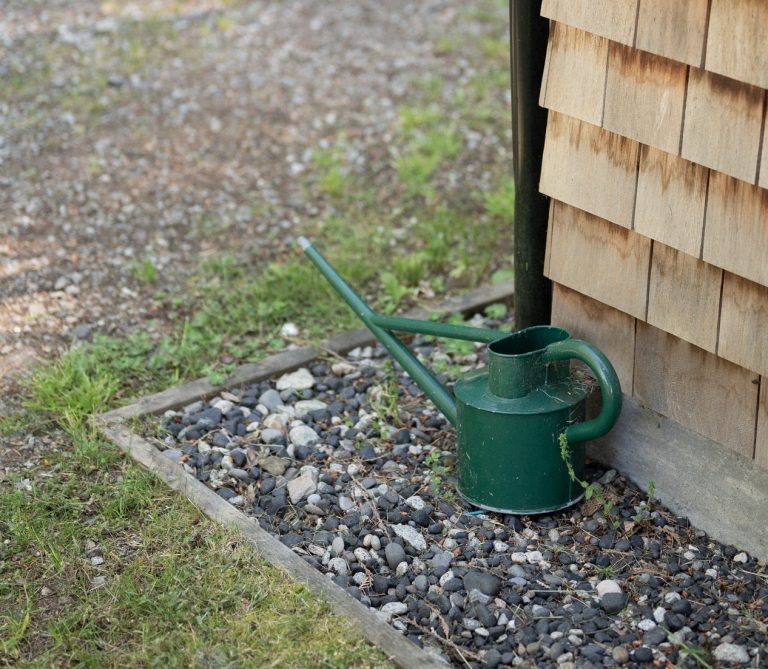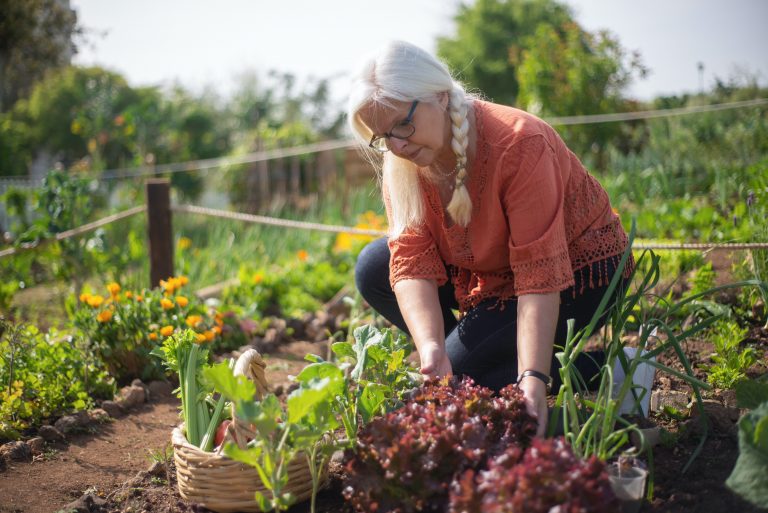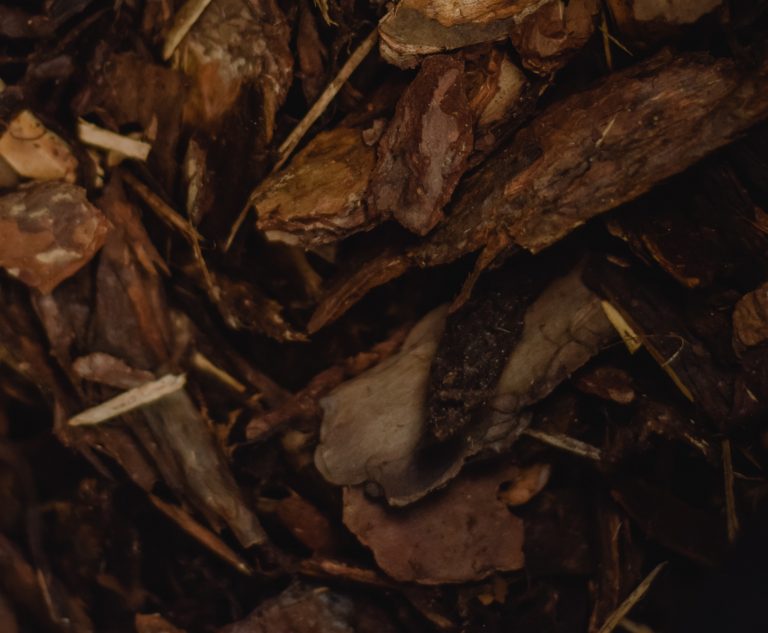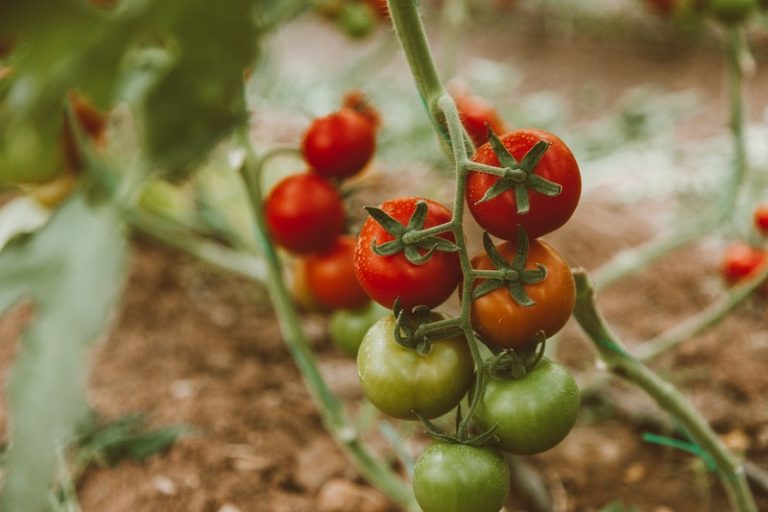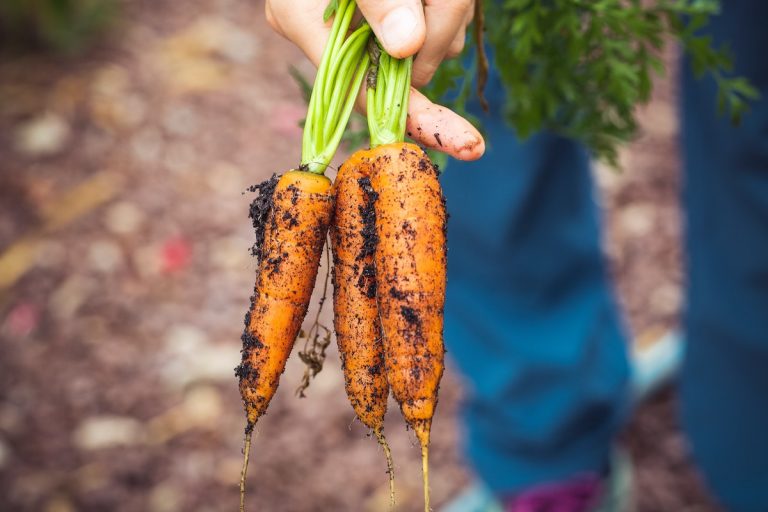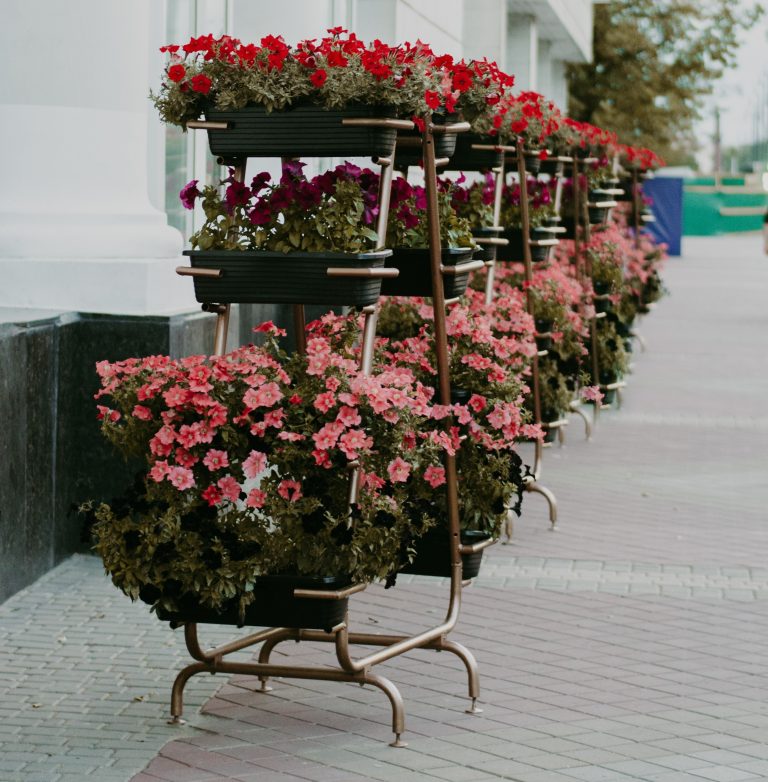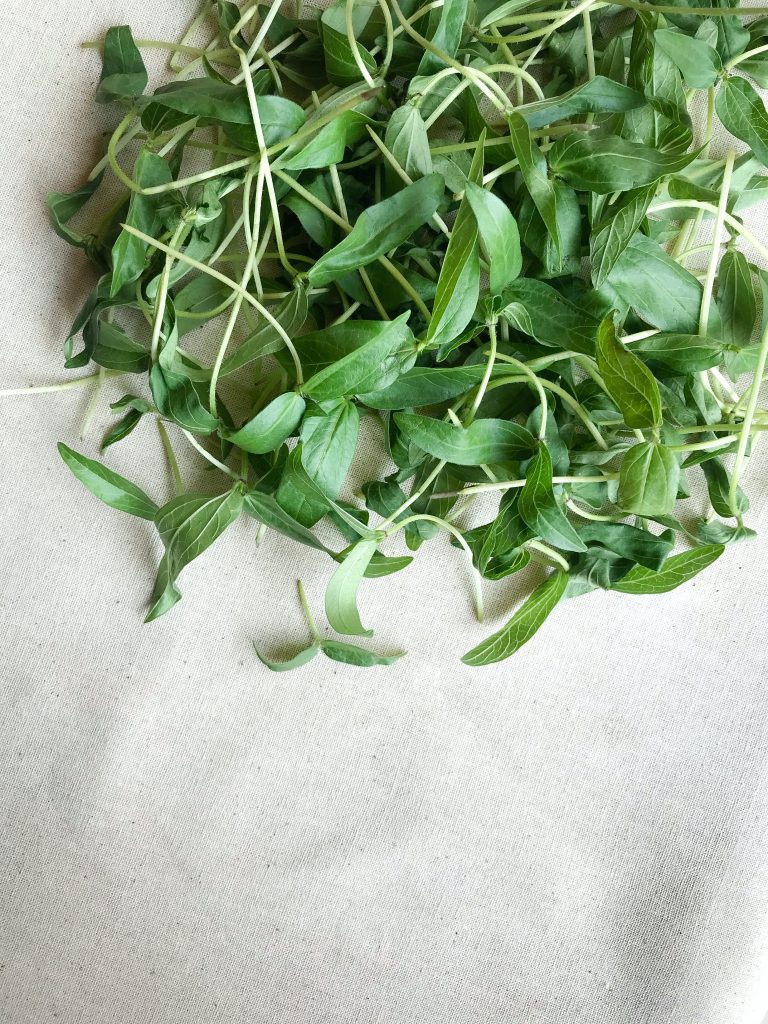Can you use styrofoam as a perlite substitute? You might also be wondering why to use perlite in the first place. Here’s the lowdown on this helpful garden amendment. What is perlite? Perlite is sourced from volcanic glass with high water content. During the manufacturing process, the application of heat turns the glass into small,…
5 Reasons to Keep Tabs On The Weather Forecast
I’ve only used my garden hose a handful of times this season. I filled my garden boxes up with perennials and a few plants from a local nursery and knew that I wouldn’t have the energy to keep things up and maintain the garden as I usually do. I was right. But by taking…
4 Frugal DIY Drip Irrigation Systems
Buying a fancy drip irrigation system is one way to go. But it’ll cost you. Instead, consider a DIY drip irrigation system. Either way, you’ll need to spend time installing irrigation, so why not save a few bucks, too? Benefits of drip irrigation You’ve got a hose or a sprinkler, so why invest…
Staying Safe While Gardening During a Heatwave
Many gardeners look forward to the summer because it means that the gardening season is in full swing. By mid-July, plots are lush with produce, and flowers are in full bloom. But mid-summer is also a ripe time for heatwaves. As the summers get hotter, it’s getting more and more important to prepare for…
7 Places Where You Can Get Free Mulch
Mulch is one of the most useful tools for gardeners. It’s especially helpful at a time when the weather is unpredictable. We’ve begun to see the drastic effects of climate change in earnest, namely hotter summers. And while many garden plants love warm weather, there’s a point where the heat becomes unbearable—even for heat-loving…
To Prune or Not to Prune? Keeping Tomatoes in Check
To prune or not to prune, that is the question! Tomatoes are one of the most popular garden plants for a reason. They’re fairly easy to grow, produce an impressive yield, and are available in many interesting varieties. There are many schools of thought when it comes to tomato pruning. So what’s the right…
What Is the Real Cost of Growing Your Own Food?
What’s the real cost of growing your own food? This is a loaded question with a lot of answers. You’ll have to spend some initial cash to set up a garden, but ultimately, it can be as expensive as you want it to be. Here’s a breakdown of the costs to expect when setting…
Cheap Must-Have Tools For Frugal Gardeners
Gardening can get expensive if you let it. Personally, I’m not very big on DIY stuff for the garden. My chronic illness makes it difficult to spend too much time tinkering and toiling. Instead, I have to rely on cheap garden tools to make things work. It can take some time before you discover…
Indoor Plants That Produce Soothing Aromas
For over a year now, many people have spent more time indoors than usual. The bonus? More time to admire your indoor plants? The downside? Well, truthfully, there are a lot. But plant-wise, it’s probably realizing that most of your pretty plants don’t do much to refresh the stale air in your home. So…
Where To Buy Seeds for Microgreens
Microgreens are ultra-trendy right now. But where do you buy seeds for microgreens? Microgreens have been popular for a while, but lately, there’s been an enormous burst of interest in these tiny, tasty sprouts. Here’s why you should consider growing them at home and how to buy seeds for microgreens. What are microgreens? Microgreens…
